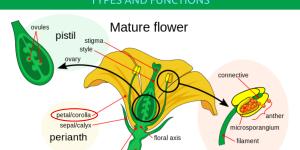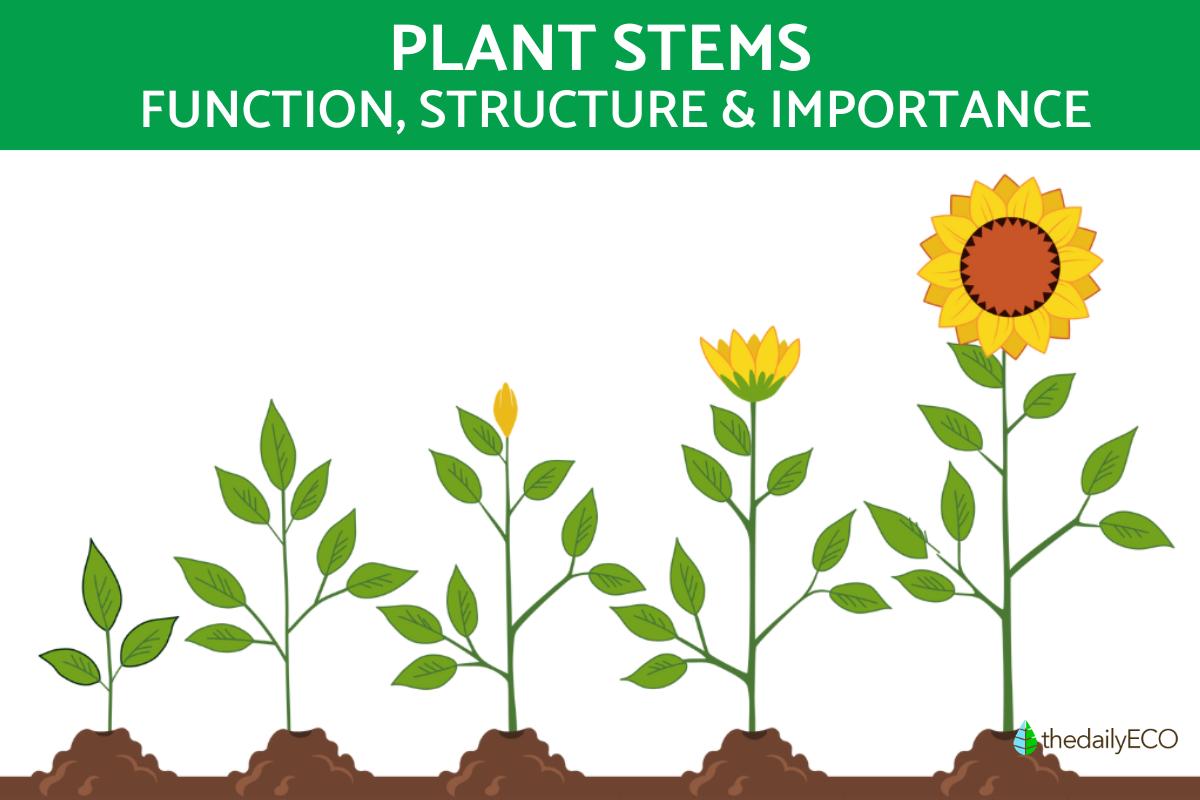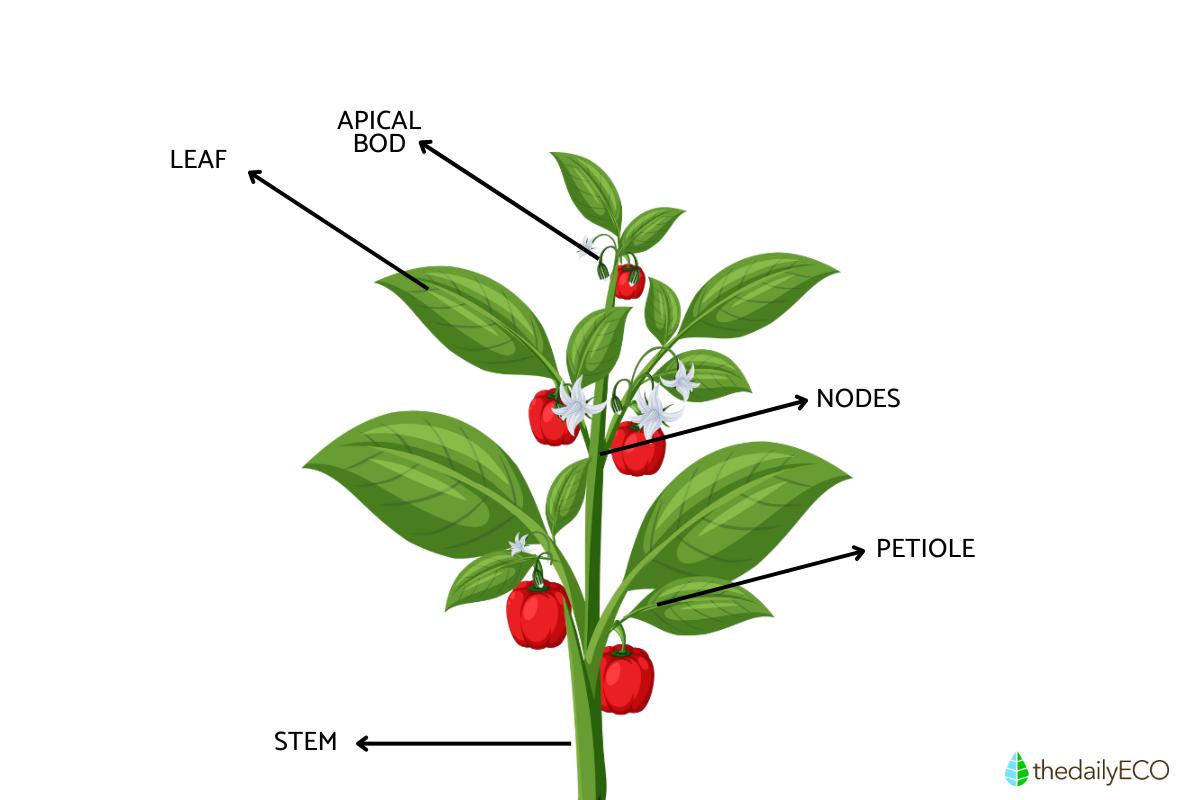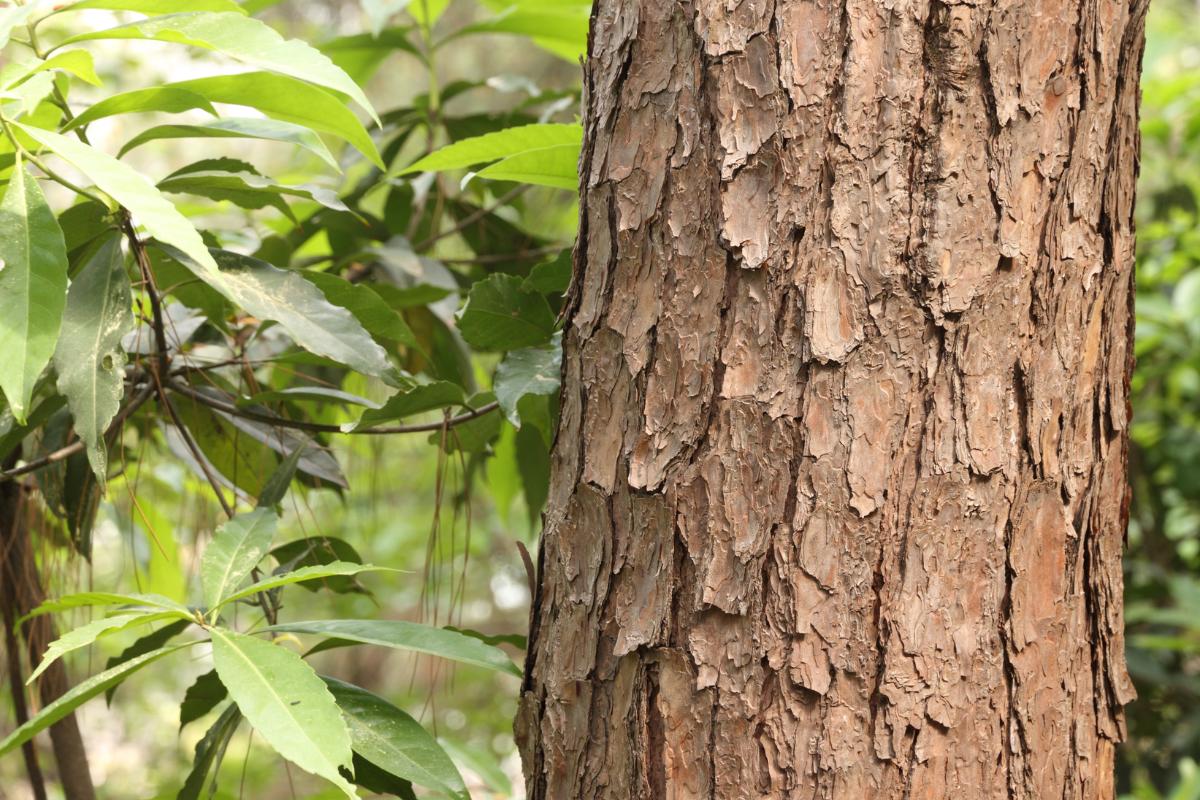Plant Stem Parts & Their Roles


We all admire the vibrant flowers and the delicate leaves of a plant, but have you ever stopped to consider the vital role played by the stem? Often overlooked, the stem is much more than just a simple support structure. This seemingly ordinary part holds the key to a plant's survival and growth.
This article by thedailyECO delves into the complexities of plant stems, explaining their structure, key functions, and classification systems.
What is the stem?
The stem is the main ascending axis that supports leaves, flowers, and fruits. Primarily, it acts as a conduit, transporting water, nutrients, and minerals absorbed by the roots to various parts of the plant, facilitating vital processes like photosynthesis.
Stems typically emerge from the bud or plumule of a seed embryo, representing the plant's initial point of growth. Located at the stem's tips, terminal buds serve as growth points for new branches or flowers, enabling the plant to expand and reproduce.
Crucial for the plant's architecture, stems provide structural support, bearing the weight of leaves, flowers, and fruits, thereby ensuring optimal positioning for sunlight exposure.
Stems exhibit negative geotropism. This means they grow in the opposite direction of gravity, essentially defying its pull. This upward growth is crucial for plants, as it allows them to access sunlight, the essential fuel for photosynthesis.
Stems also display positive phototropism. This translates to a growth response that bends them towards the sun, the primary source of light. By maximizing their light exposure, plants can optimize the process of photosynthesis, where sunlight is converted into energy.

Parts of the stem
The structure of a stem comprises several distinct parts, each with its specific function:
- Root junction: this refers to the point where the stem meets the root system. It is crucial for anchoring the plant and facilitating the transfer of water and nutrients between the root and stem.
- Nodes: nodes are the points along the stem where leaves or branches emerge. They serve as sites for leaf and branch attachment and are often marked by small bumps or scars.
- Internodes: internodes are the segments of the stem between two adjacent nodes. They vary in length depending on the species and growth conditions, with shorter internodes typically observed near the apex of the stem.
- Axil: the axil is the angle formed between the stem and a leaf or branch. It is an essential site for the development of lateral buds, which give rise to new branches or flowers.
- Apical meristem: located at the tip of the stem, the apical meristem consists of undifferentiated cells responsible for primary growth. It continuously produces new cells, driving the upward growth of the stem and giving rise to the terminal bud.
- Buds: buds are embryonic shoots that develop at the nodes or axils of leaves. They can be classified into different types based on their location and function:
- Terminal buds: located at the tip of the stem, terminal buds promote vertical growth and are responsible for the development of new leaves and flowers.
- Lateral buds: these buds occur along the sides of the stem, typically between nodes. They give rise to lateral branches, contributing to the plant's bushiness and overall structure.
- Adventitious buds: these buds form in unusual locations, such as along roots or stems, in response to environmental stimuli or injury. They enable the plant to regenerate and adapt to changing conditions.
- Epidermis: the epidermis, the outermost layer of a plant stem, functions as a sophisticated and vital protective barrier, safeguarding the plant from various environmental challenges. This single layer of tightly packed cells plays a critical role in plant physiology and survival.
- Vascular tissue: vascular tissue acts as a plant's internal highway, efficiently transporting essential materials. Two key players comprise this system:
- Xylem: nicknamed the "waterworks," xylem transports water and dissolved minerals upwards from the roots. Specialized dead cells facilitate efficient water movement through tiny tubes.
- Phloem: the "nutrient delivery system," phloem carries sugars produced by photosynthesis in the leaves to other parts of the plant. Living cells work together to transport these sugar solutions.

Functions of the stem
While the core function of a stem lies in providing structure, it's far from a simple support system. Stems play a multifaceted role in a plant's life, contributing to its survival and growth in various ways. Let's delve deeper into these diverse functions:
The most apparent role of a stem is its structural support. It acts as the central axis, holding leaves, flowers, and fruits aloft. Imagine a plant as a building; the stem is its skeleton, providing the framework for the entire structure.
Stems function as a plant's internal pantry, storing vital resources during times of need. These resources can include:
- Water: during droughts, some plant stems can store significant amounts of water to keep the plant hydrated. Examples include cacti with their thick, fleshy stems.
- Nutrients: stems can store essential nutrients like nitrogen, phosphorus, and potassium, which can be readily accessed during periods of slow growth or when root uptake is limited.
- Carbohydrastes: sugars produced during photosynthesis can be stored in stems for later use, particularly during dormancy or when new growth emerges.
This constant flow of resources through the stem's vascular network is essential for plant growth and survival.
Some plants can take advantage of their stems for vegetative reproduction, a method of creating new individuals without seeds or sexual reproduction. This process, known as stem propagation, involves taking cuttings from a parent plant's stem and encouraging them to develop roots, forming a new, genetically identical plant. Techniques like stem tip cuttings and leaf cuttings utilize a stem's inherent ability to regenerate and form new structures, allowing for easy propagation of certain plant species.
This article explored the different parts of plant stems and their functions. But have you ever wondered why stems sometimes bend? Learn more about the surprising way plants use their stems to respond to their environment in our other article.

Classification of stems
Based on consistency
- Woody stems: these sturdy stems are characteristic of trees and shrubs, known for their durable and hard structure.
- Semi-woody stems: found in floral or riverside plants, these stems exhibit a partially woody composition, offering a balance between flexibility and rigidity.
- Herbaceous stems: typically seen in vegetables and wild plants, these stems are soft and non-woody, providing flexibility and adaptability.
Based on duration
- Annual stems: associated with plants that complete their life cycle within one year.
- Biennial stems: present in plants with a life cycle spanning two years.
- Perennial stems: these enduring stems are characteristic of trees and large shrubs, persisting for multiple years, sometimes even decades.
Based on environment
Aerial stems are above-ground stems, further categorized into:
- Stems: offering support to herbaceous plants, aiding in growth and development.
- Trunks: woody stems with a cylindrical form, prevalent in trees and shrubs, providing structural support and stability.
- Canes: semi-woody stems often found in various plants, characterized by their cylindrical shape and occasional hollowness.
- Stems: cylindrical stems ending in a tuft of leaves, a distinctive feature of palm trees.
On the other hand, underground stems include:
- Rhizomes: horizontal stems with buds on the upper surface, facilitating storage of reserve substances and aiding in vegetative propagation.
- Tubers: thickened stems containing stored reserves and buds capable of producing new plants, exemplified by potatoes.
- Bulbs: single structures widening to produce several buds, typically spherical and covered by protective scaly leaves, as seen in onions and tulips.
Finally, there are also aquatic stems, which constitute the stems of aquatic plants, these are further classified as fixed, floating, or submerged. They often exhibit a vibrant green color and a fleshy texture, adapted to their watery environment.

If you want to read similar articles to Plant Stem Parts & Their Roles, we recommend you visit our Biology category.









